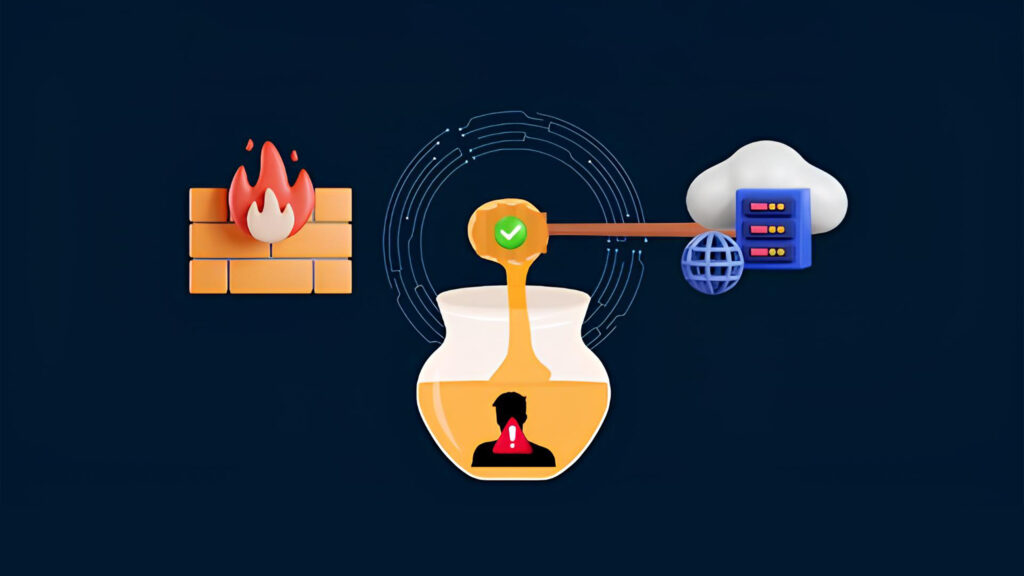
Staying ahead of cyberattacks in the changing cybersecurity landscape is a daily challenge. Traditional security measures are falling short against advanced attackers. This is where AI-powered honeypots come in, providing an effective way to trick attackers and harvest useful threats. In this article, we will examine how AI-powered honeypots work, their benefits, and their potential applications to support network security.
What is a Honeypot?
Honeypot is a trap system designed to attract cyber attackers and persuade them to interact with them. The main purpose of honeypot is to examine attack behavior and strategies without providing the actual risk process. Traditional honeypots have been around for years, but the integration of artificial intelligence has taken their intelligence and efficiency to a new level.
How AI-Driven Honeypots Work
AI-powered honeypots use artificial intelligence to create more flexible and accurate locations.
Adaptive learning: AI models identify patterns of attack behavior and adjust the honeypot’s response to appear legitimate. This continuous learning process helps assess the effectiveness of fraud detection.
Real-time threat detection: Artificial intelligence can identify unusual behavior and distinguish legitimate users from attackers. This enables immediate response and detailed information about the attacker’s activity.
Improved fraud technology: Fraud techniques can be tested in a real-world environment by creating trusted networks, user actions functions and responses, making honeypots attractive targets for attackers.
Smart data collection: Artificial intelligence ensures accurate recording and analysis of the attacker’s activities; Captures important information about attack vectors, tactics and tools.
Benefits of AI-Driven Honeypots
AI-Driven honeypots can provide many benefits:
Dynamic interactions: Honeypots can adjust their behavior according to the actions of attackers, making the body more secure and authentic.
Scalability and Efficiency: AI-powered honeypots can manage resources efficiently and distribute them across multiple sites, creating a large and coordinated network for attackers.
Threat Intelligence Integration: These honeypots can help create a collaborative defense system that increases overall security by sharing information with threat intelligence.
Advanced Attack Simulation: Artificial Intelligence can reveal simulated vulnerabilities and test various attacks, security teams prepare for real-life attacks.
Use Cases of AI-Driven Honeypots
AI-driven honeypots have a wide range of applications across different sectors:
Enterprise Security: Large organizations can deploy AI-driven honeypots to protect sensitive data and critical infrastructure from advanced persistent threats (APTs).
IoT Security: AI can enhance honeypots designed for Internet of Things (IoT) devices, which are often targeted due to weaker security measures.
Cloud Security: Cloud environments can benefit from AI-driven honeypots that simulate various cloud services and configurations to attract and analyze cyber threats.
Ethical and Legal Considerations
While AI-powered honeypots have many advantages, it is important to address ethical and legal issues:
Controlled Environment: To avoid legal consequences or issues, make sure AI-powered honeypots operate in a controlled environment.
Data Privacy: Follow data privacy measures to protect sensitive data collected during honeypot operations.

